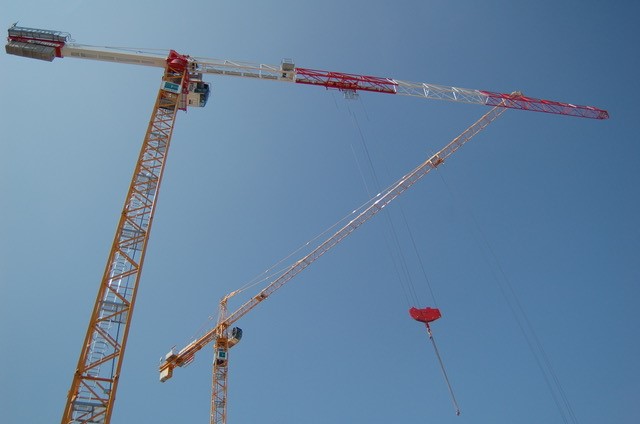http://temporaryurbansolutions.tumblr.com/
Framework
The public space is becoming a place of social innovation in which creative communities act to create new solutions to everyday problems that the economic system and the society are no longer able to give. The bottom-up actions of these active groups of citizens who choose their answers is combined with top-down action of the institutions that can’t turn a blind eye to the obvious needs of the citizens. Temporary solutions often give a new perspective to the use of public spaces by creating real scenarios that could be develop into long-term solutions after a prototyping and testing phase. This course is open to postgraduate students, PhD candidates and it includes collaboration with citizens, associations, informal group by being part of the design process.
Main goal
This course is about temporary design actions to be done in the outdoor area of the Milan theatre “Atir Ringhiera” known as “La Piana” located close to metro stop M2 Abbiategrasso (Milan). This actions will benefit from the multidisciplinary background of the participants (interior, communication, product, fashion and service design) and will be mainly diviede in htree main categories:
– urban installations: to be interactive by engaging people of the neighbourhood to use the space in an active way
– services to support the use of the space and the installations put on it
– communication of the whole process and results
The tools of strategic planning and service design, combined with spatial/interior/environmental design and the event management, can create a bridge between La Piana area and the neighborhood by defining a system of design actions that becomes an incubator for new synergies experiments.
Methodology
Temporary Urban Solutions will use the design thinking process (codified by IDEO and DSchool) by following these three main steps:
– Inspiration: an in-the-field and desk research to understand the context both from social and spatial point of view and defining the main target (personas) to address the final solutions. Students will be introduced to space and team of Ringhiera and will then venture into the surrounding community by using outreach and surveys tools. To do that they will be divided in 12 groups of 4 to 5 people with different background.
– Ideation: developing concepts based on the key-learnings acquired in the inspiration phase. The concepts are co-designed with people from the neighbourhood by connecting each workteam to a specific association/informal citizens group
– Implementation: prototyping and testing solutions during the Experimentation Labs
The course will explore the opportunities to enhance the sense of belonging to this place, attracting people and actions within new activities. The surface of La Piana needs technical services (DIY infrastructures), a process of formal identification (installations), in order to host social activities (service design) to be put on stage (storytelling) through a performative act (theatre).
Expected results
Participants are required to work in team to design temporary solutions (service, spaces, toolkits) to be tested during the experimentation lab (prototyped) in order to support and carry out the existing actions and to develop new “design activist” solutions.
Special issue of Saint-Etienne Higher School of Art and Design Magazine about Human Cities.
Invited by Cité du design Saint-Étienne to join the Human Cities_Challenging the City Scale European programme, the Images_Récits_Documents team at ESADSE (Saint-Étienne Higher School of Art and Design) has been pondering the notion of the scale of the vision of urban space through photography.
Actually, academic partners of Human Cities were in charge of developing Masterclasses. That’s why the laboratory Images, Narrations, Documents (In French : Images_Récits_Documents — IRD) of the ESADSE has worked for 2 years with ERASMUS and international students on the topic of the scales of urban visions, under the direction of Kader Mokaddem, teacher and co-director of the IRD lab.
The Masterclass relied on the practices of documentary photography developed in the lab’s research programme “Documenter, fictionner un territoire” since 2010. The students and researchers enriched their ideas with the meeting of international speakers and local stakeholders.
This issue of “Occurrence” traces the results of this work.

Works in Lyon Confluence ©IRD
A Masterclass organized by Cité du design and the Laboratory Images-Narrations-Documents of Saint-Etienne Higher School of Art an Design , within the framework of the European project Human Cities/ Challenging the City Scale [NB : French-speaking event]
A Masterclass to analyse different levels of urban actions, from the institutional policies (local governments) to the practices of collectives of citizens , which design scales of urban spaces, and the individual action of indepedant designers.
Urban action requires an analysis of “the action” : measuring the involved spaces and considering its differents actors. This Masterclass will give the floor to the “practionners” or “actors” : the ones who act,by doing,on the material of urban spaces. It will present 4 cases developed in Saint-Etienne during the project Human Cities_Challenging the CIty Scale, managed by the Cité du design. These cases are drawing different typologies of city scales (the groundfloor premises; the street,the neighborhood ) and different typologies of actors’ scale (a designer, a collective an association). The speakers will not simply present the content of their actions but rather explain their aim, their organization and their relevance in relation with their dimension.
Speakers
– Josyane Franc, Coordinator of Human Cities_Challenging the CIty Scale project, Cité du design
– Kader Mokaddem, professor of philosophy & aesthetics,Laboratory Images-Narrations-Documents of Saint-Etienne Higher School of Art an Design
– Raymond Vasselon, architect, Association Amicale Laïque du Crêt de Roch: “Scales, power & urban creativity”
– Thomas Frémaux, manager of Ici-Bientôt project, CREFAD Loire social economy NGO : ” CREFAD Loire, an interface supporting out-of-the-frame projects of business creation”
– Paul Buros, designer, Captain Ludd collective ” Social design and territory”
– Magalie Rastello, independant designer : “Entity and fragments, spatial en temporal percpetion of a neighborhood”.
– Philippe Simay, philosopher, École nationale supérieure d’architecture de Paris–Belleville et membre du laboratoire Gerphau-LAVUE